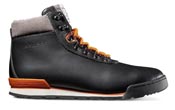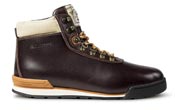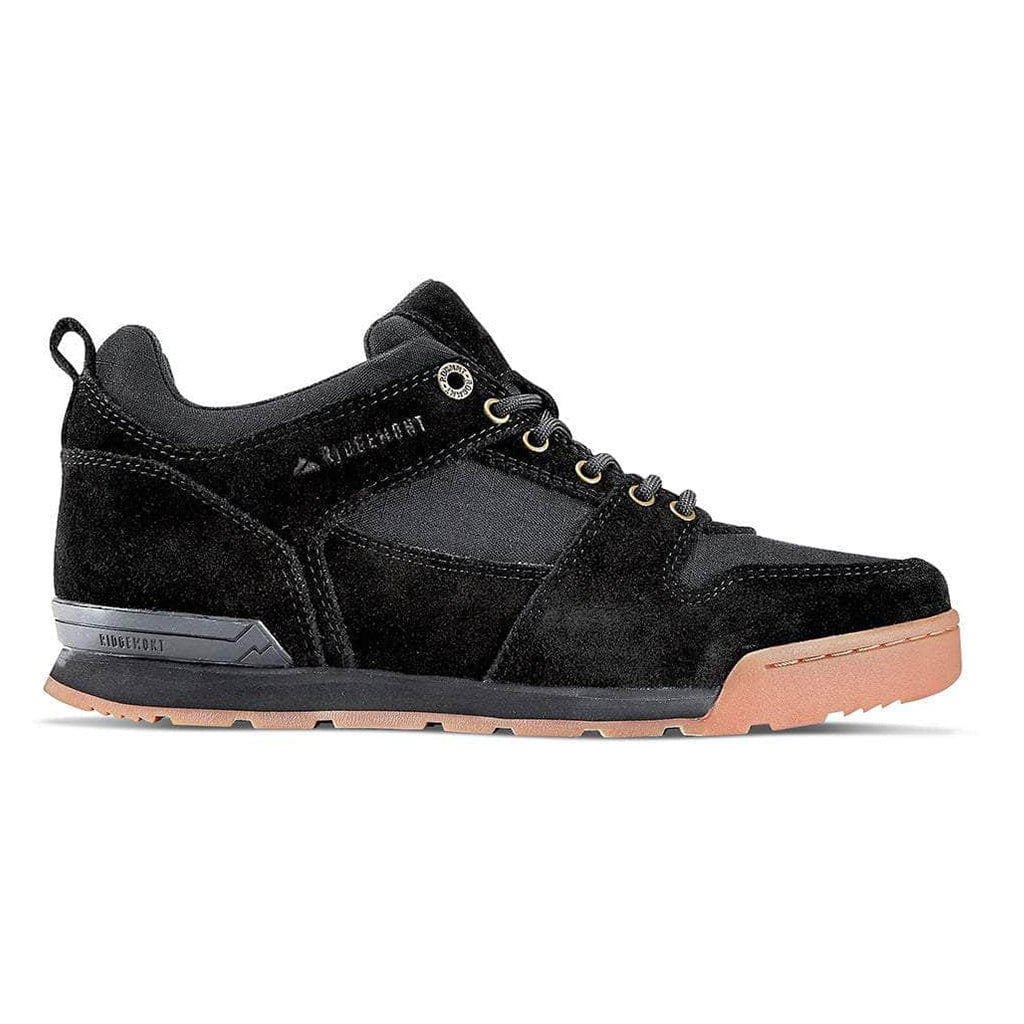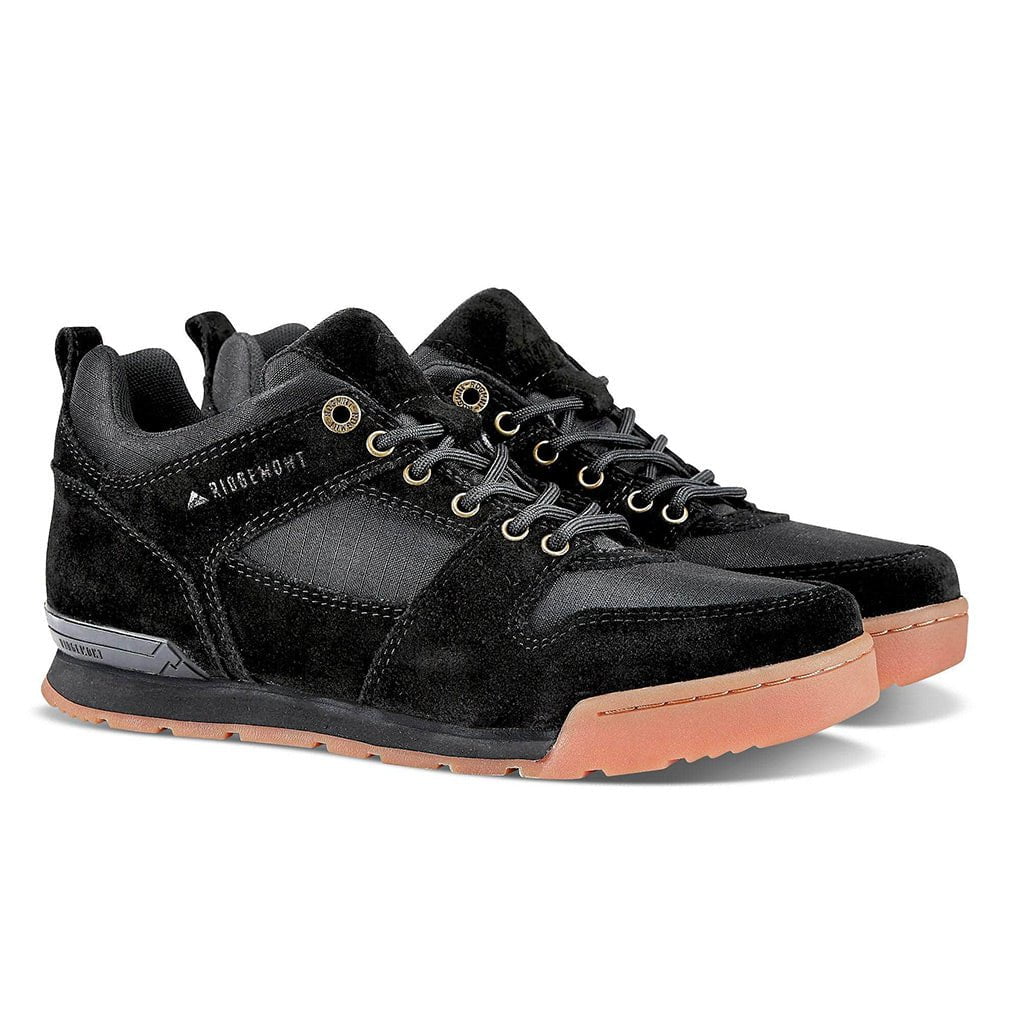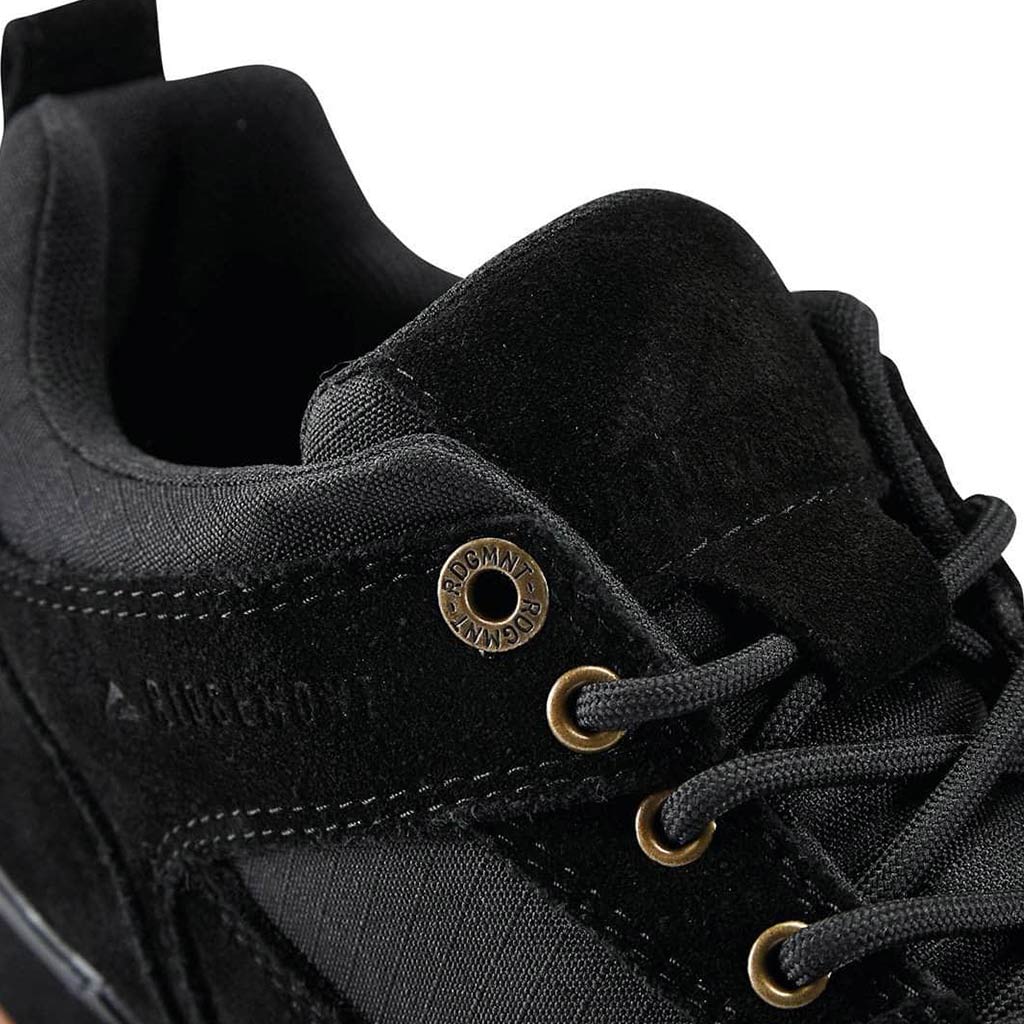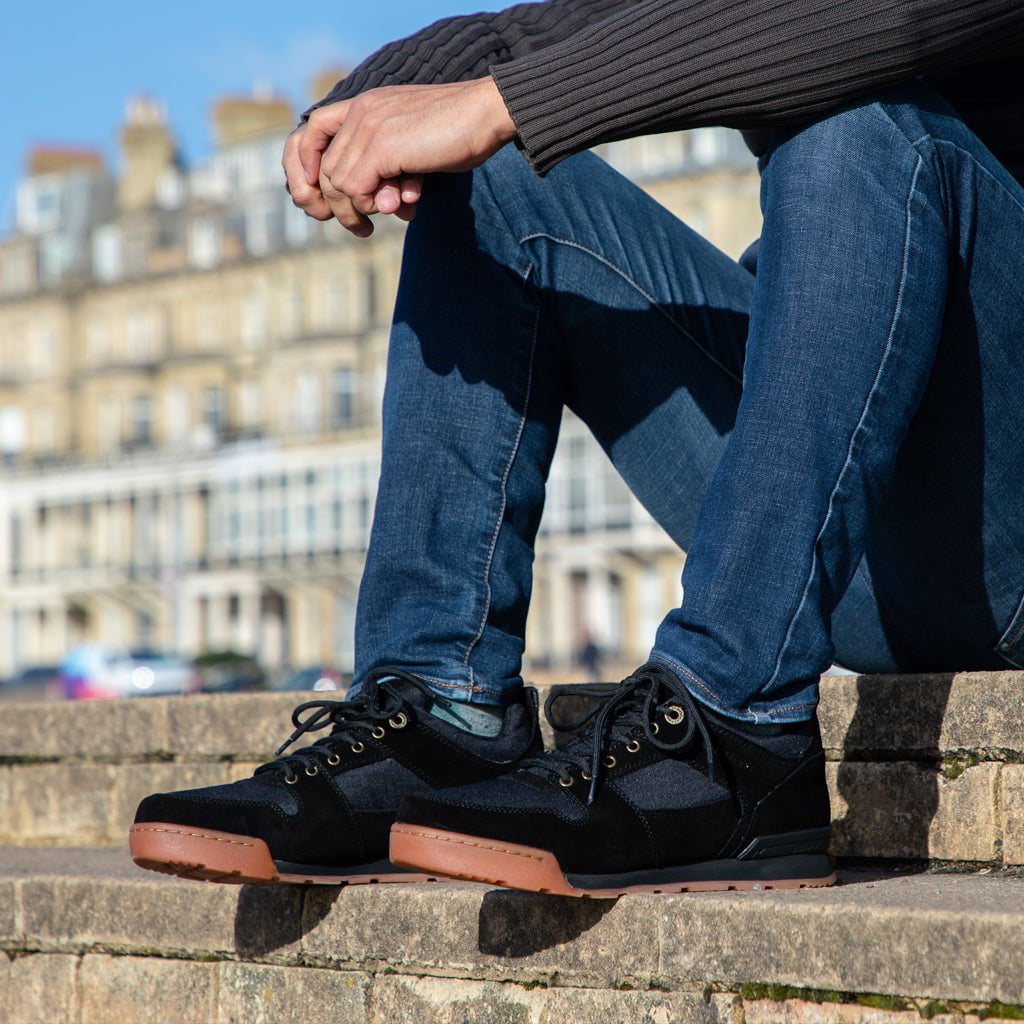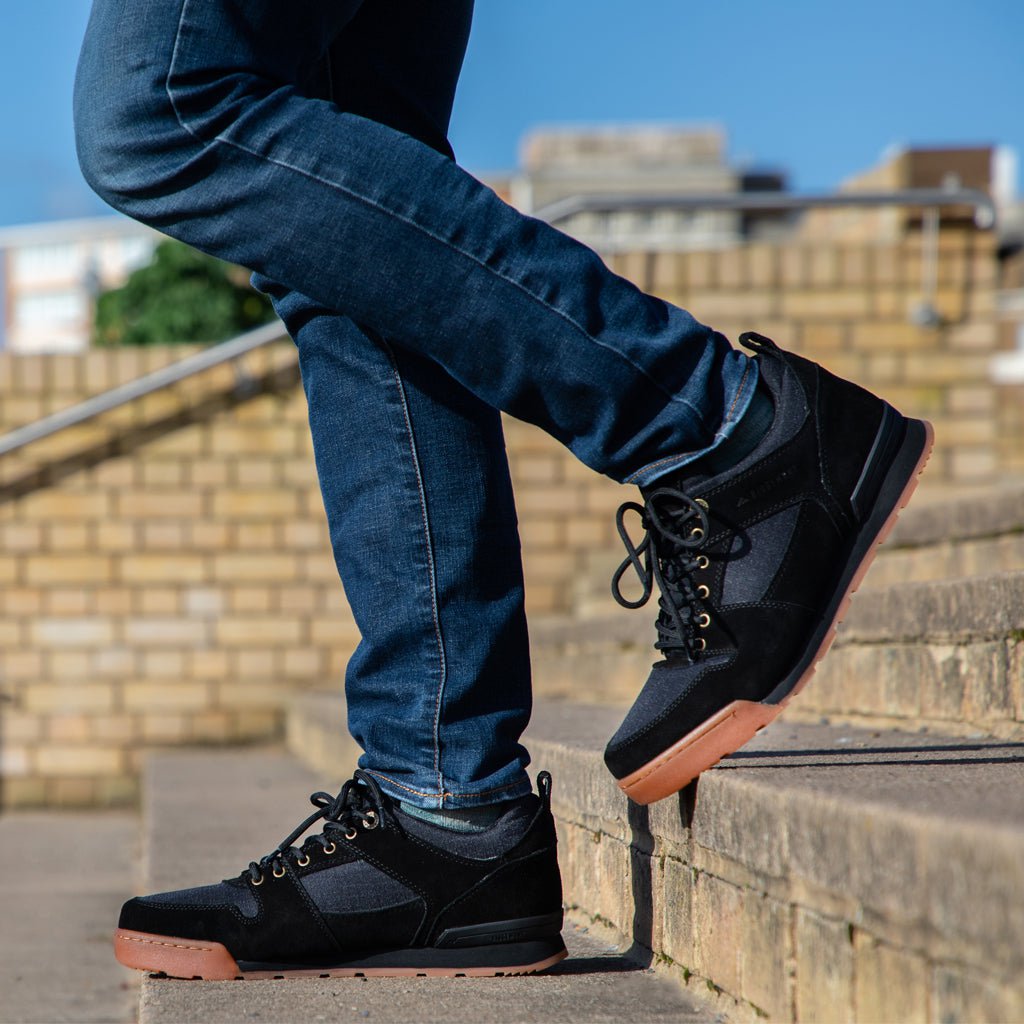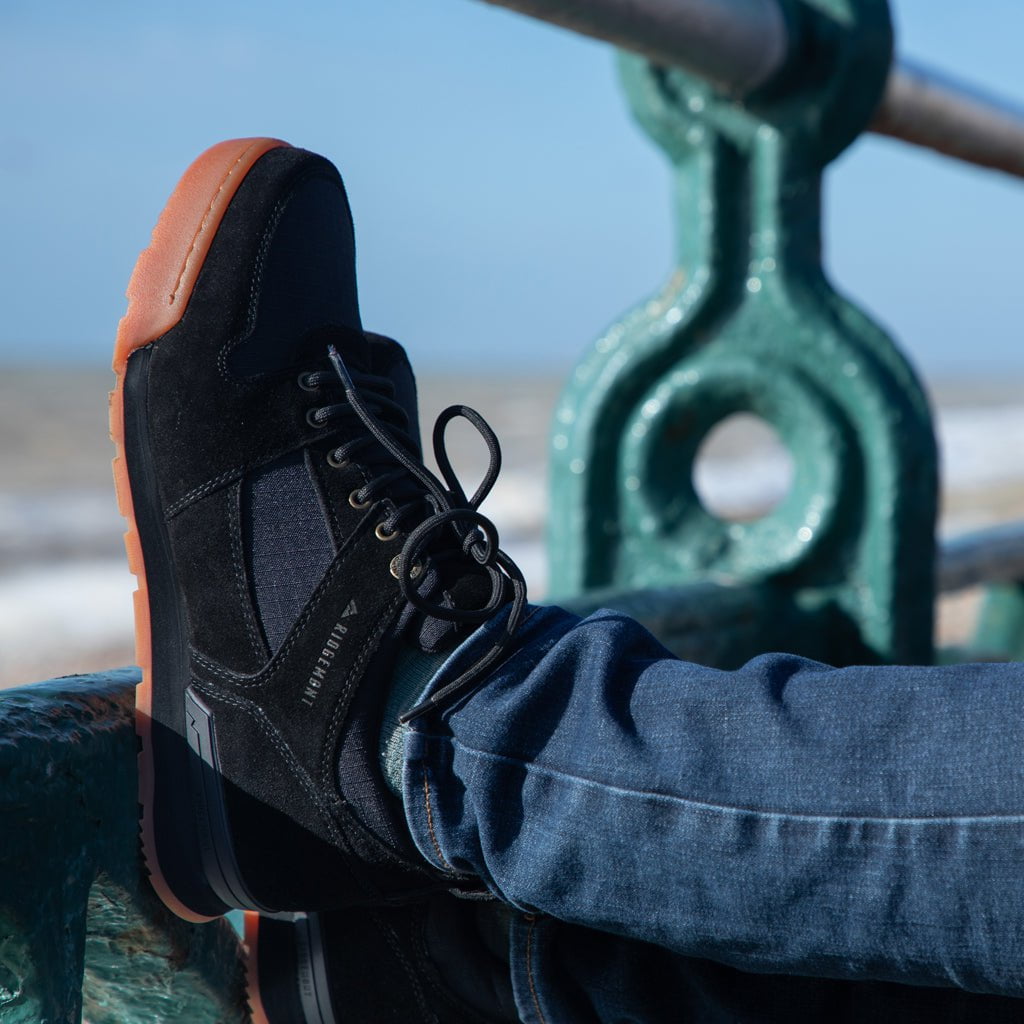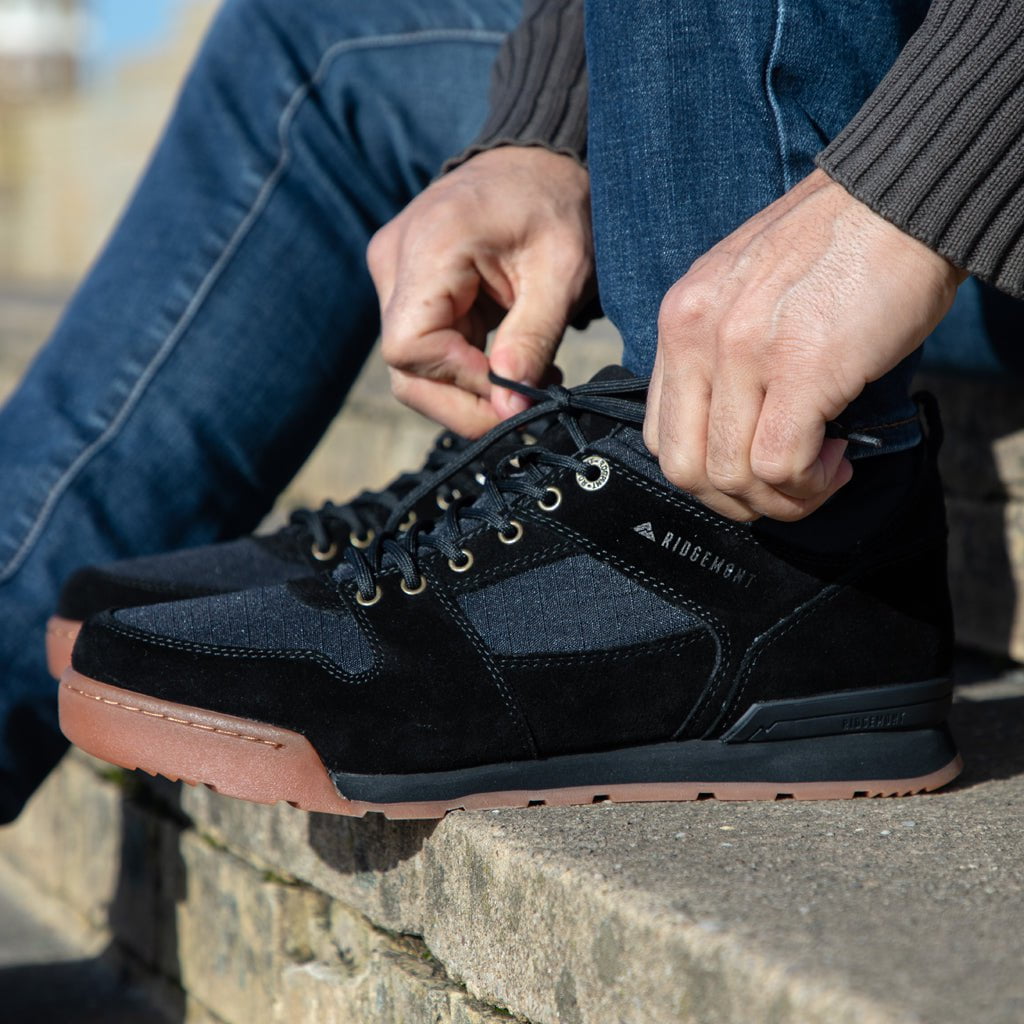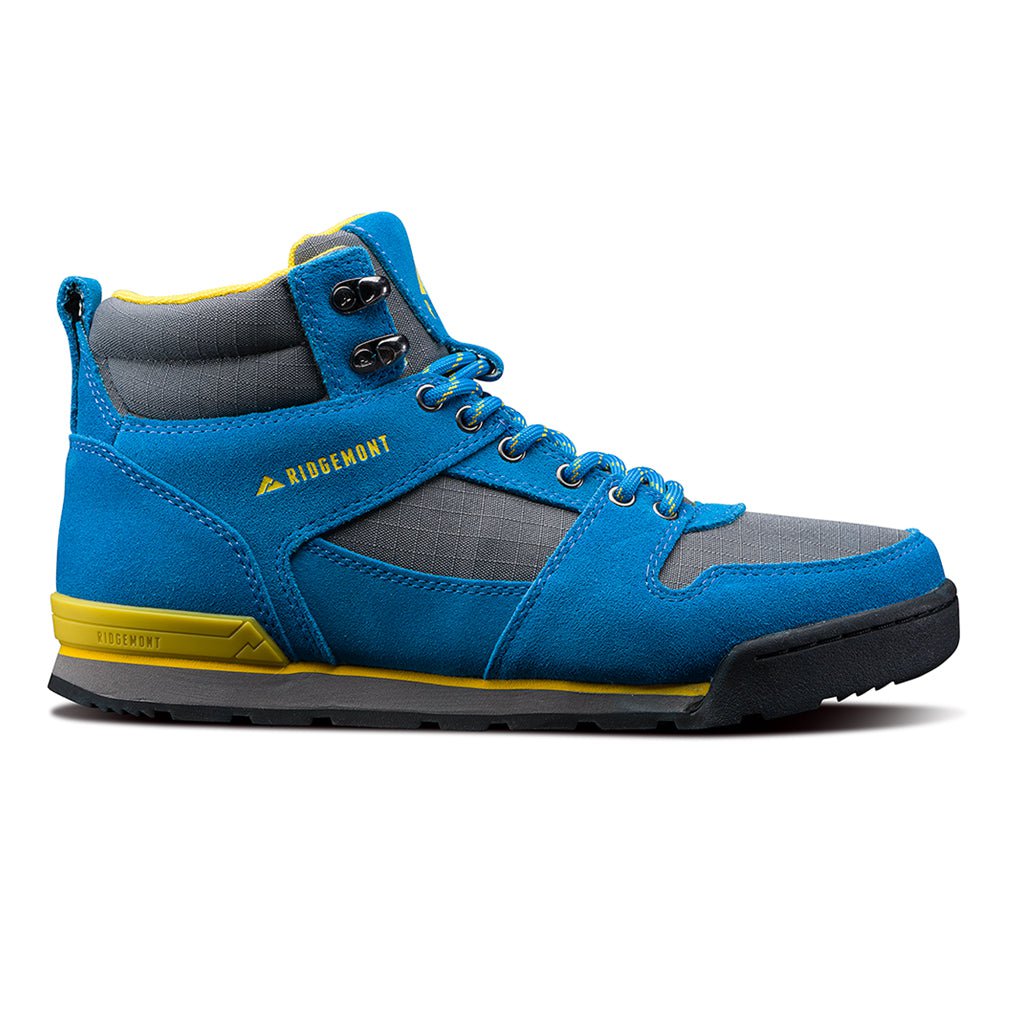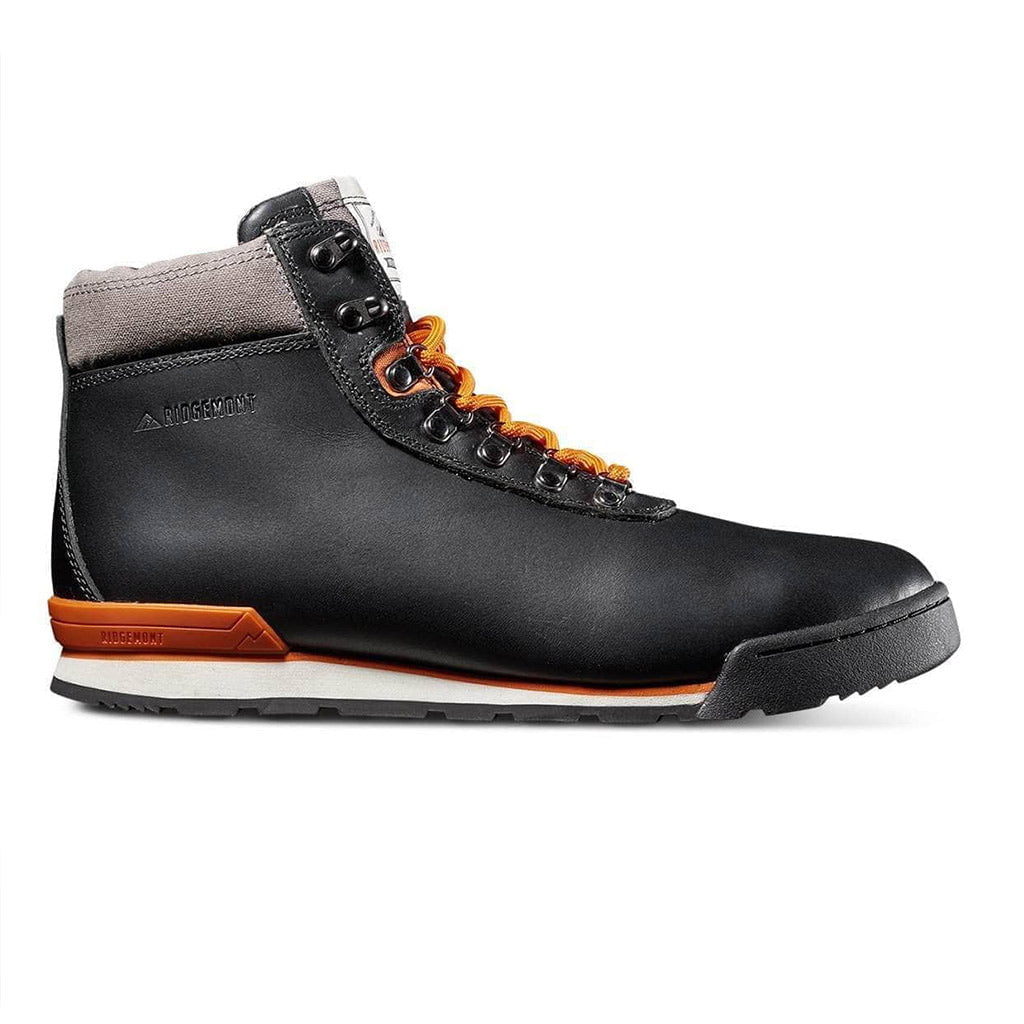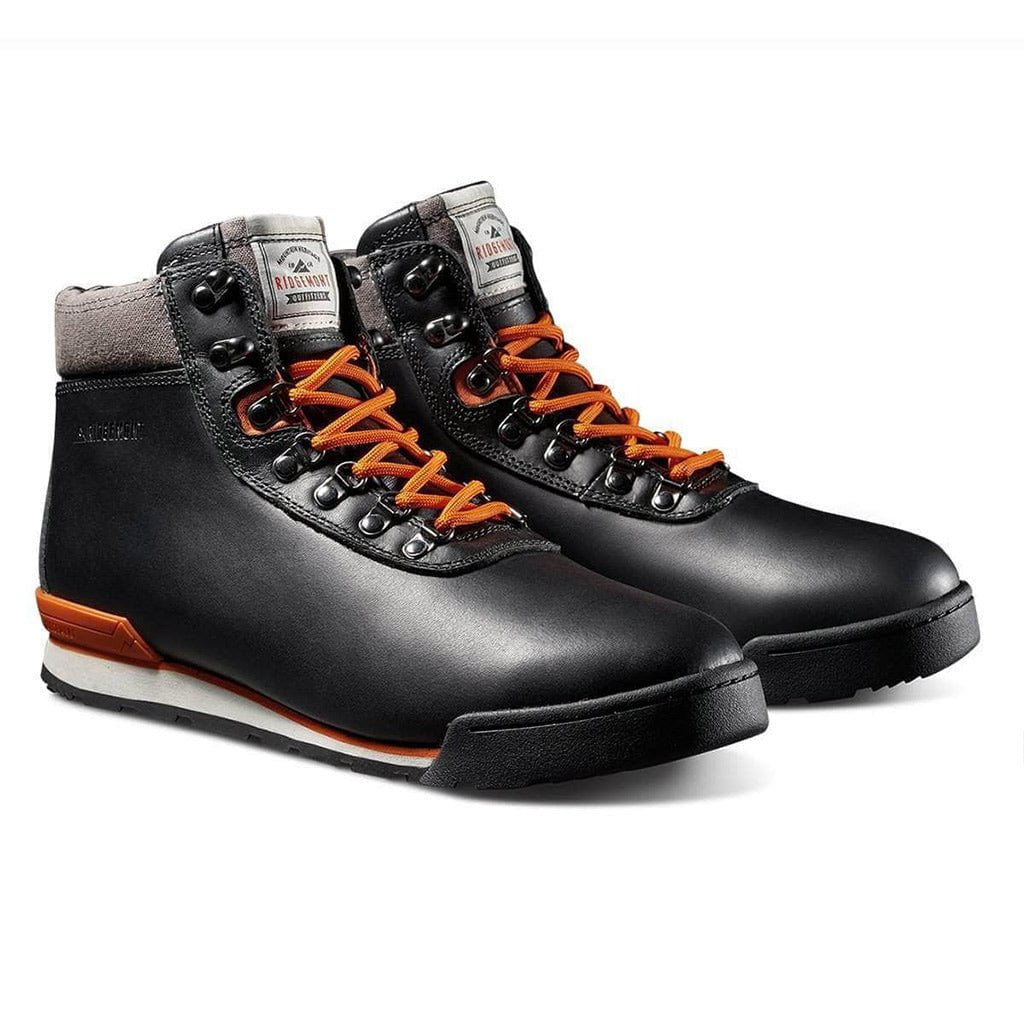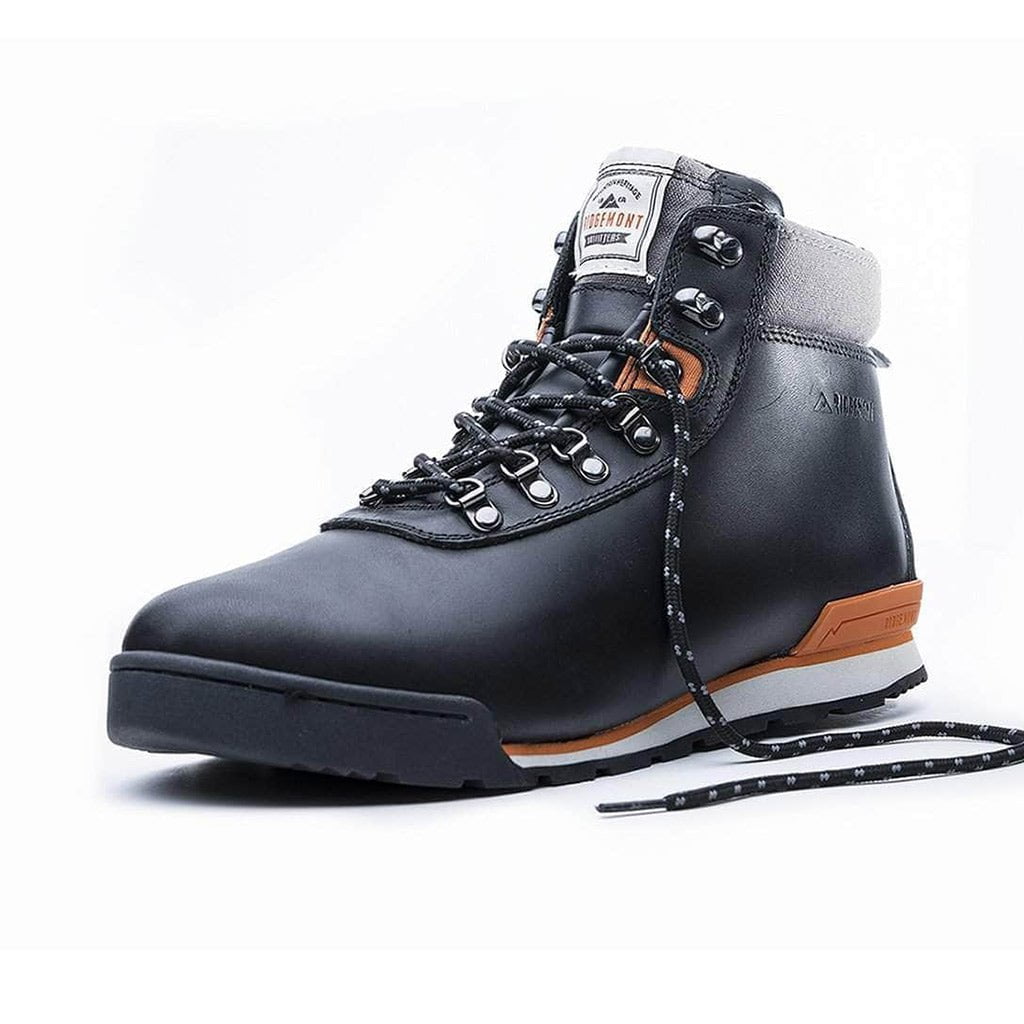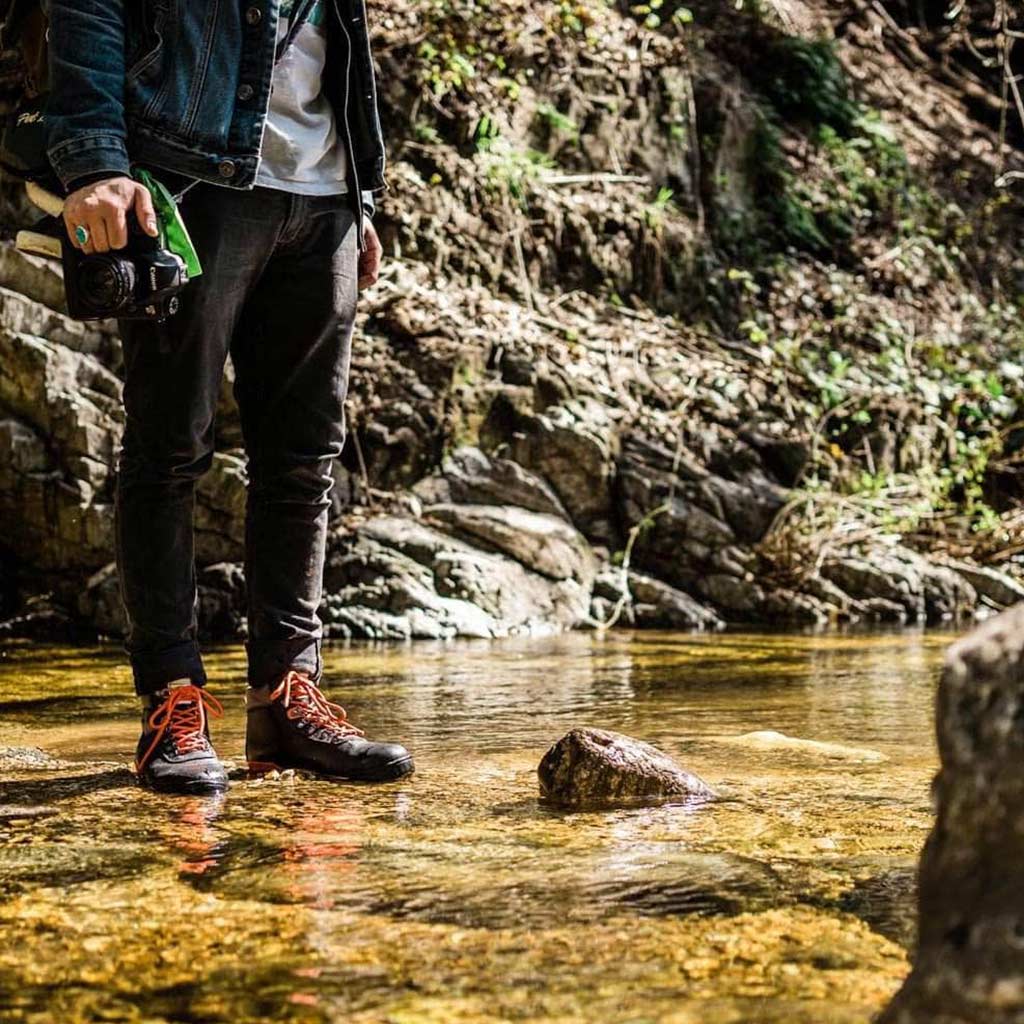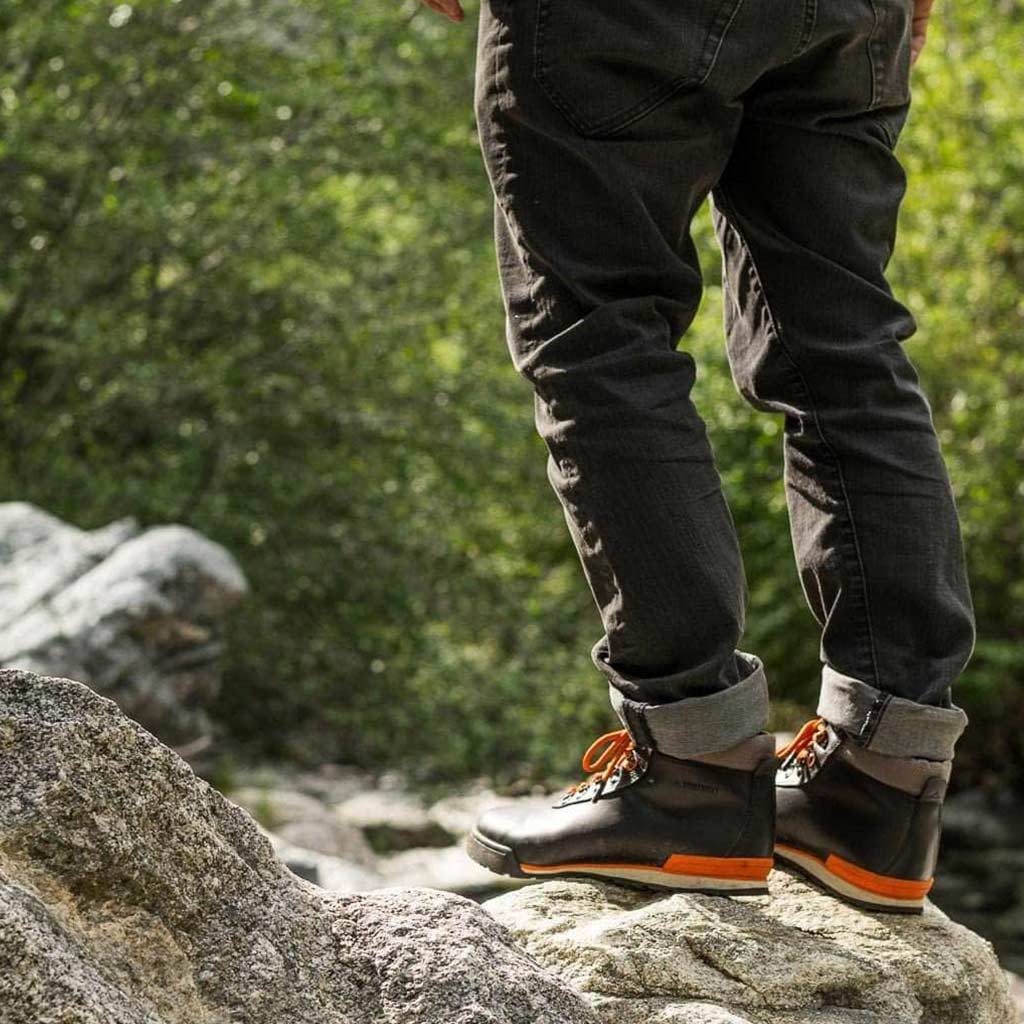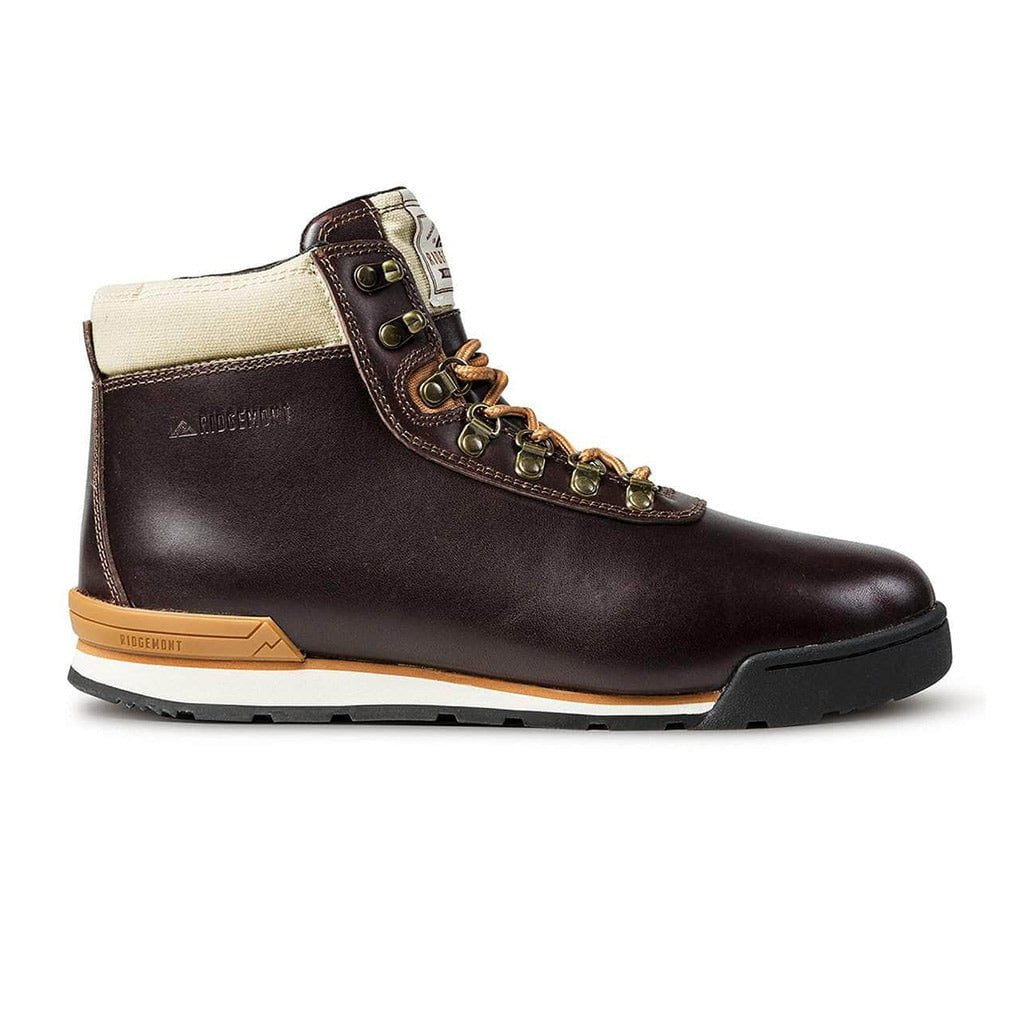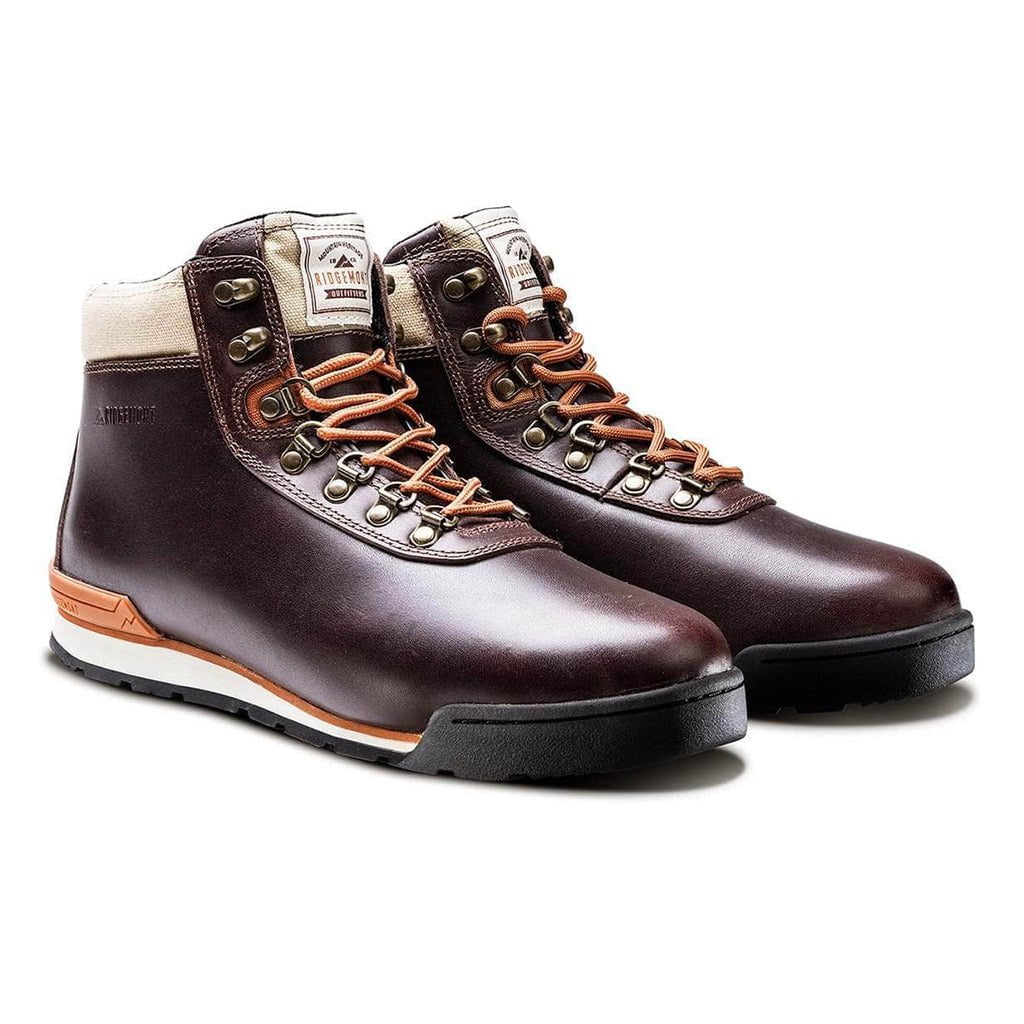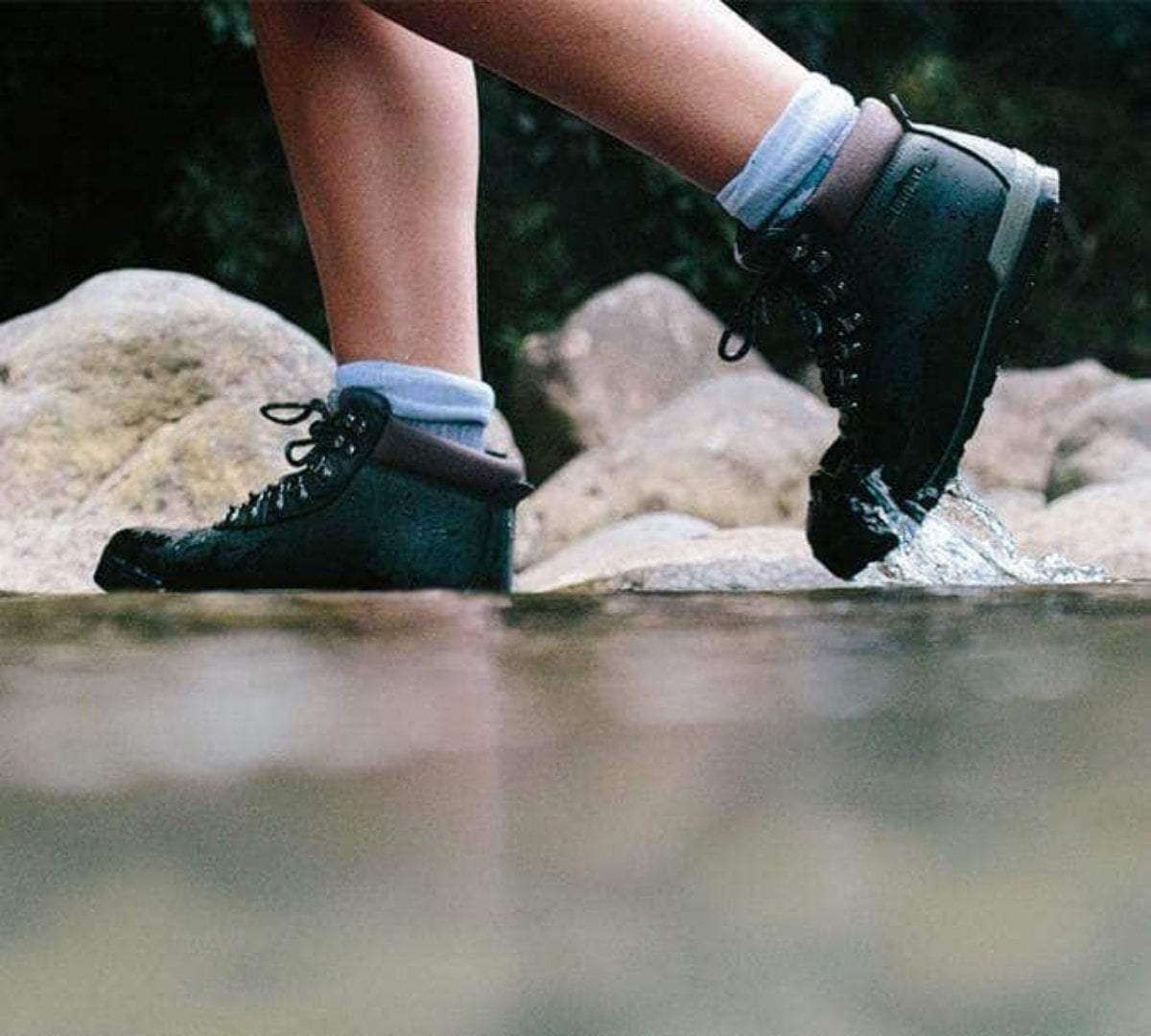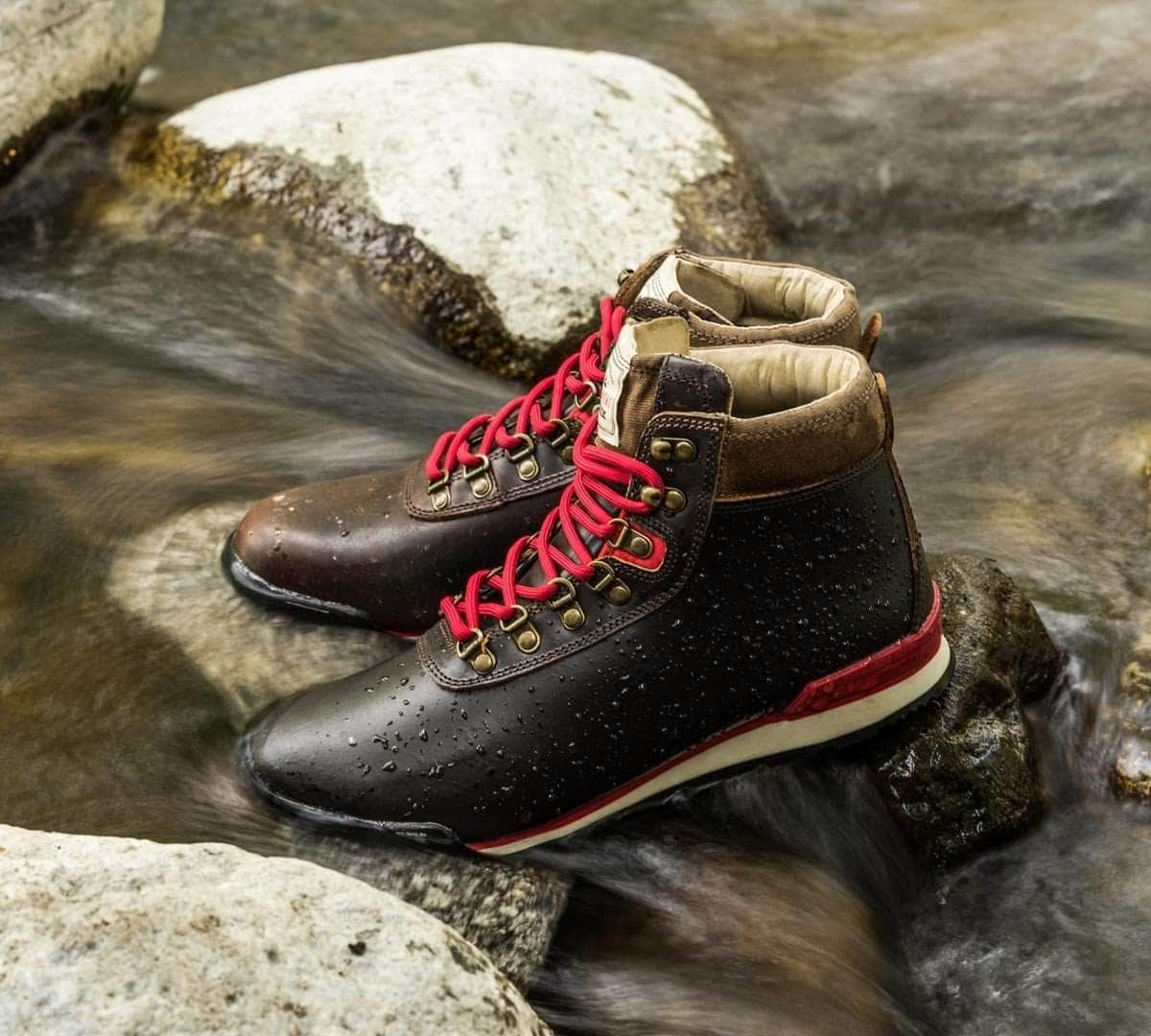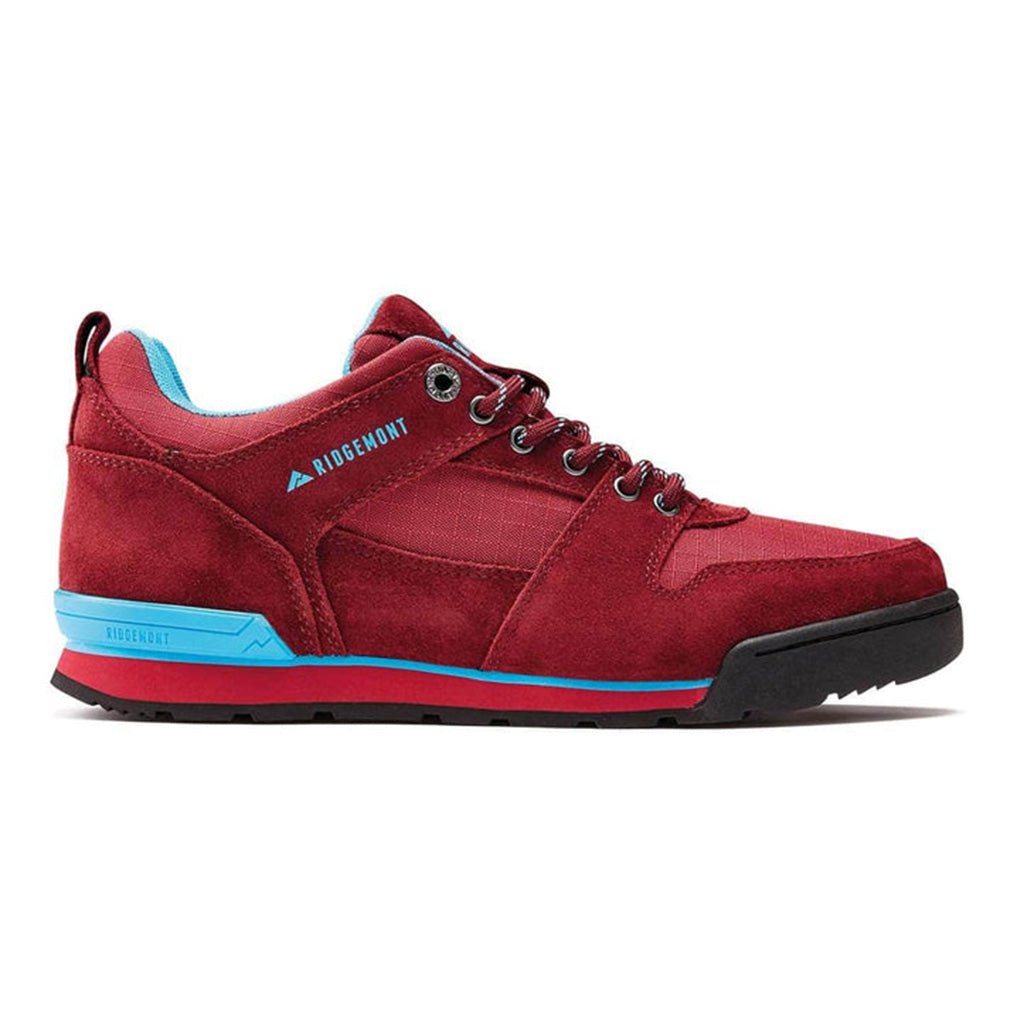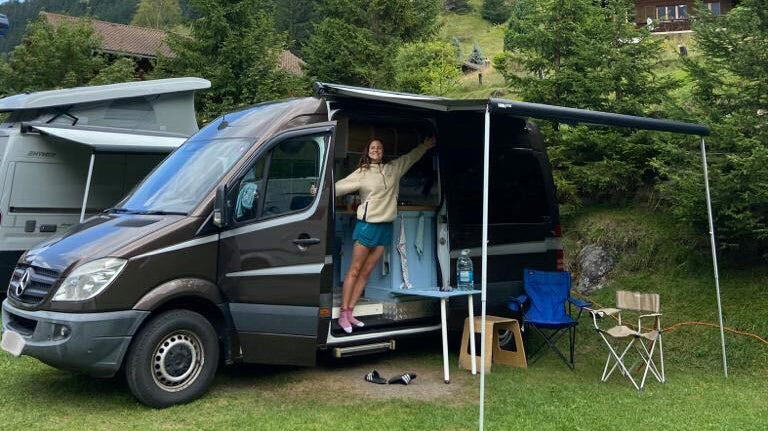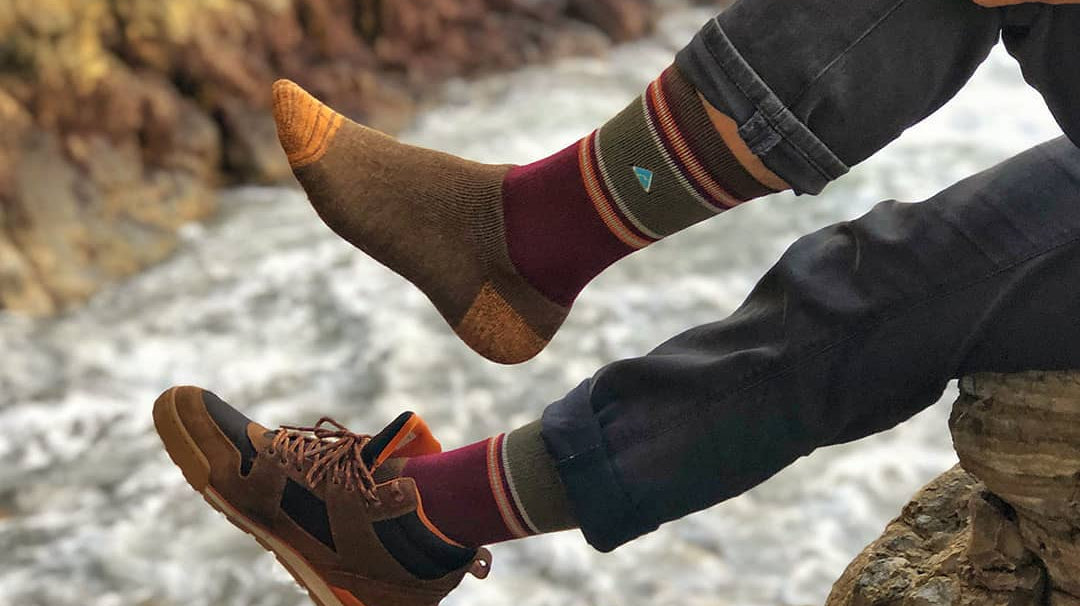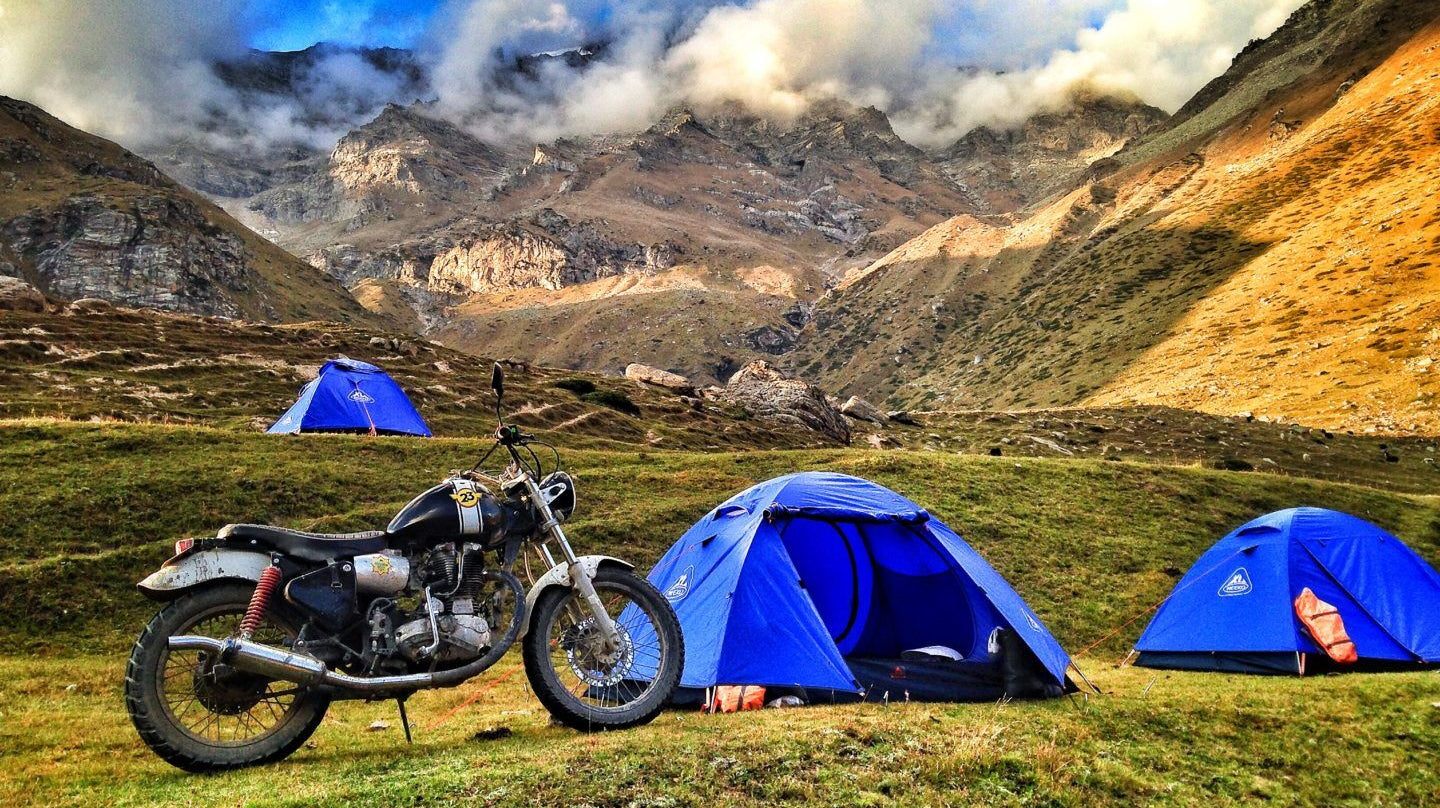Shoes for Hiking and everyday life
One Shoe To Rule Them All.
Our footwear was designed and built to be worn on the trail and off. We've proven that you can create a capable hiking shoe and look good too.
Journal
Adventures of Lily and Will: Into the Alps
When you plan a van trip for 3 months it is impossible to know exactly what you will end up doing or needing – but that is the joy of vanlife and having a home on wheels. Our journey took us from our home in the UK to Switzerland, Italy, and Greece, all the time wearing Ridgemont, our new favorite anything shoe.
How to Choose your Ideal Pair of Hiking Boots
Choosing a hiking boot that is perfect for you is not as easy as just going into your local sporting goods store and picking out a pair that’s appealing to the eye. When you choose a pair of hiking boots that will keep your feet comfortable on your endeavors, there are a number of factors which you need to keep in mind.
Helmet Stories crew ride Pangi Valley
By Vir Nakai When you ride a motorcycle, and you crave adventure, you are always looking for that special road trip that challenges you and your bike to the core – a ride that resonates within you long after the ignition has been switched off and your battle-scarred bike is finally silent. The champion of […]







